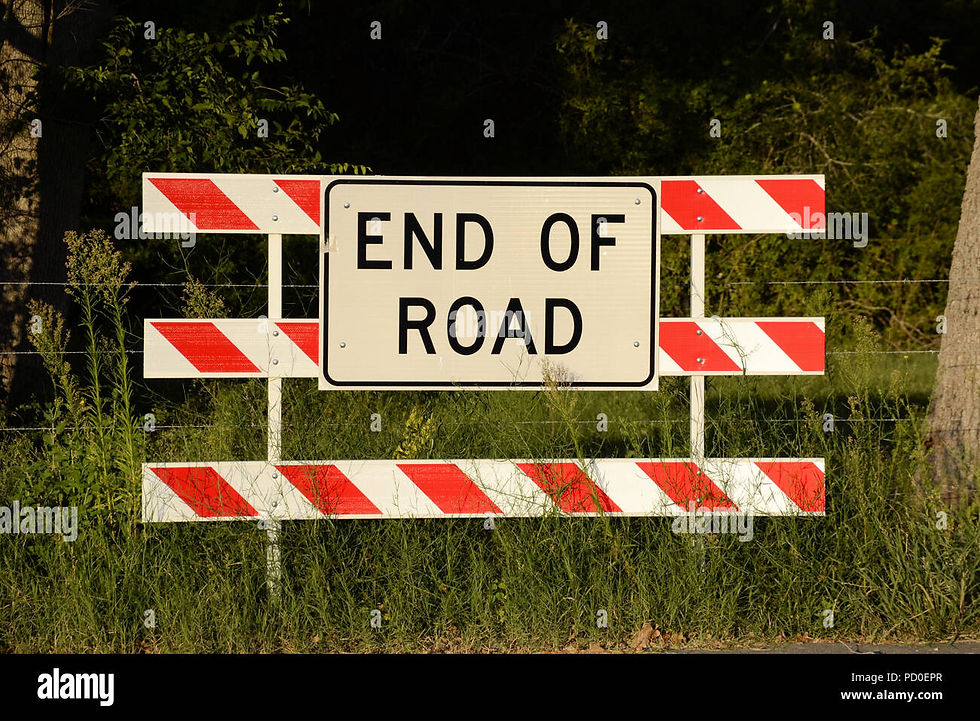What goes into selecting tubes for the SAE Tube 47?
- chaddavidkelly
- Apr 4, 2024
- 3 min read

I often get asked about the tube process for our Tube 47. We only use selected and meticulously tested Western Electric 408a pentode tubes, in pairs. There are other variants of the 408a but to my ear always sound either too thin/anemic or too dark/wooly for my tastes. The WE 408a has just the right about of body and is not overly dark or bright. I personally don't even like the Northern Electric 408a as much, even though they are supposeldy identical other than factory location. I feel the WE version is a touch more full bodied; although I have had customers say they prefer the Northern Electric and that it is slihghtly more open. I suppose both can be true. We are highly discriminating on these tubes, to ensure reliable performance in our mics. Unlike so many other companies who throw their rejected tubes back on the open market, I refuse to do this. For us, the buck stops here. We purchase as many as we can find in bulk, select the ones we are going to use, and the rest get destroyed and put in the trash to take them off the market forever.
Very few tubes will survive this process. We go through a total of three rounds of testing. We buy tubes that are already pre-tested on tube testing machines like the Hickock or others, by people who ostensibly know what they're doing; so what I do is more on the artistic listening side. I sit and listen to each one for several minutes through a custom made tube buffer amp into a headphone amplifier. The buffer amp has a polystyrene capacitor to simulate the presence of a mic capsule but not to produce sound, because I only want to hear what the tube is doing. We test for obvious things like noise and microphonics, levels of RF interference, and even the particular tone and character of the microphony, tapping the tube rhythmically with a rosewood stick. An overly bright or dark ringing, or one with a slightly swelling undertone, will indicate a problem as much as too much ringing will. We listen for any underlying 'hash' or texture which can be present beneath the self-noise of the tube, as this also presents a distraction when put into a a finished microphone. When this testing is done, typically only about 1 out of 4 good, tested, tubes will be spared from the trash bin. Once that is done, they go into real microphones and burn in, typically, for another 48 hours. Even more tubes will be rejected in this phase, as some issues don't manifest until inside a real mic. All in all, maybe one out of every six to eight tubes, if we are lucky, gets selected to go into a mic; and the rest are scrapped. Bear in mind, these tubes are EXPENSIVE, getting more rare by the day, and it takes 2 to build the mic and 2 more to provide spares! This means that just the tube compliment in your Signal Art Tube 47 often represents a couple hundred dollars in tubes and more than a few work-hours of critical listening and selection.
For these reasons, we know that the writing is on the wall for how long we will make this version of our 47 and still feel confident that we have tubes for service support (although we very rarely have to send them out... the rarity of this, in fact, is testimony to how stringent our selection process is!). We have looked into working with a currently available tube, and we have even looked into using a solid state tube replacement. The theory is that these alternates may come out as individual products in their own right; but for now we are forging ahead with this NOS tube formula for as long as we possibly can... because to our ears, there is simply still nothing that sounds better. In the end, this is all about sound.
Chad




Comments